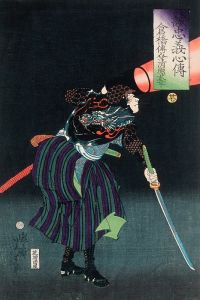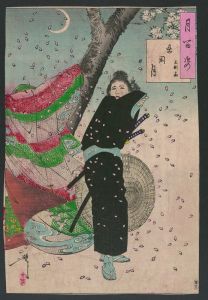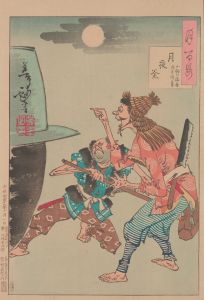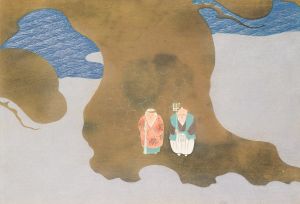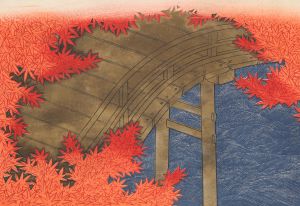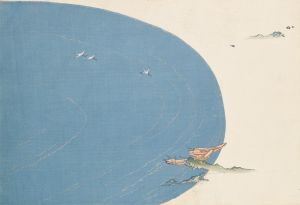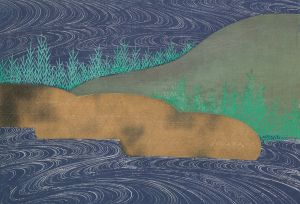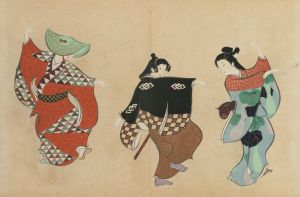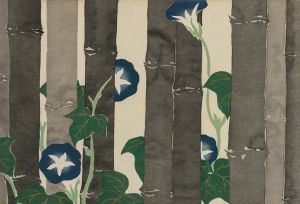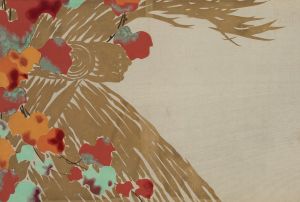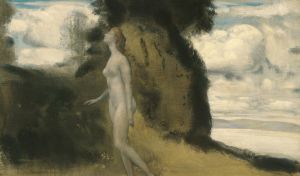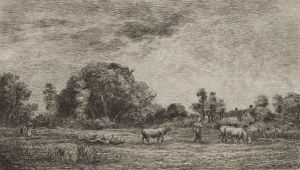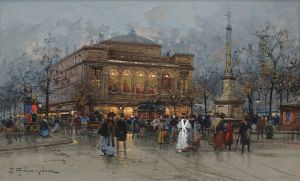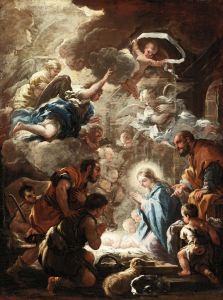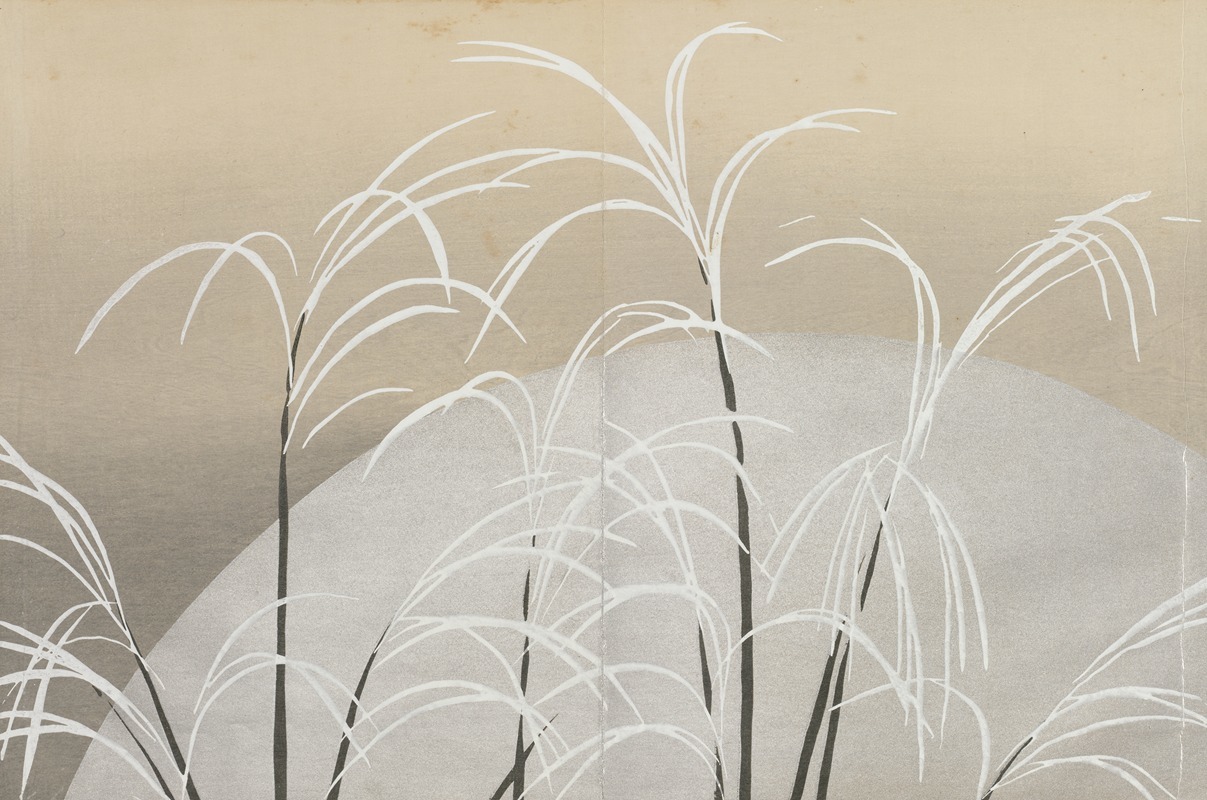
Pampas Grass in Moonlight
A hand-painted replica of Kamisaka Sekka’s masterpiece Pampas Grass in Moonlight, meticulously crafted by professional artists to capture the true essence of the original. Each piece is created with museum-quality canvas and rare mineral pigments, carefully painted by experienced artists with delicate brushstrokes and rich, layered colors to perfectly recreate the texture of the original artwork. Unlike machine-printed reproductions, this hand-painted version brings the painting to life, infused with the artist’s emotions and skill in every stroke. Whether for personal collection or home decoration, it instantly elevates the artistic atmosphere of any space.
Kamisaka Sekka (1866–1942) was a prominent Japanese artist and designer associated with the Rinpa school, a traditional Japanese art movement that originated in the early 17th century. Known for his innovative approach to combining traditional Japanese aesthetics with modern influences, Sekka is often regarded as one of the last great masters of the Rinpa tradition. His works frequently feature bold compositions, vibrant colors, and a refined sense of design.
"Pampas Grass in Moonlight" is one of Kamisaka Sekka's notable works, showcasing his mastery of traditional Japanese themes and techniques. The painting depicts pampas grass (susuki), a plant often associated with autumn in Japanese culture, illuminated by the soft glow of moonlight. This subject matter reflects a deep connection to nature, a hallmark of Rinpa art, and evokes the poetic and seasonal sensibilities that are central to Japanese aesthetics.
The composition of the painting is characterized by its simplicity and elegance. The pampas grass is rendered with delicate brushstrokes, capturing the texture and movement of the plant as it sways in the night breeze. The moonlight, though subtle, creates a serene and atmospheric effect, emphasizing the interplay between light and shadow. The use of negative space, a common feature in Japanese art, enhances the overall sense of harmony and balance in the work.
Sekka's approach to this piece demonstrates his ability to blend traditional techniques with a modern sensibility. While rooted in the Rinpa tradition, his work also reflects influences from the Meiji period (1868–1912), a time when Japan was opening up to Western art and culture. This fusion of old and new is evident in the stylized yet naturalistic depiction of the pampas grass and the understated elegance of the composition.
"Pampas Grass in Moonlight" is often celebrated as an example of Sekka's ability to capture the ephemeral beauty of nature. The painting resonates with themes of transience and impermanence, which are central to Japanese philosophy and art. It also reflects the artist's skill in creating works that are both visually striking and deeply contemplative.
Today, Kamisaka Sekka's works, including "Pampas Grass in Moonlight," are highly regarded for their artistic and cultural significance. They are studied and appreciated not only as masterpieces of Japanese art but also as important contributions to the global understanding of design and aesthetics. Sekka's legacy continues to inspire artists and designers around the world.





